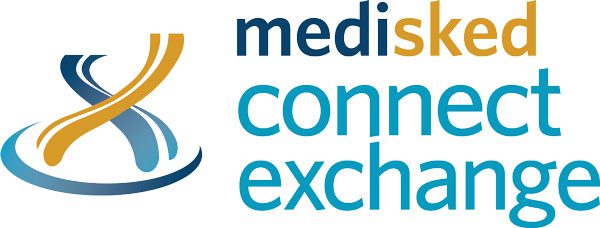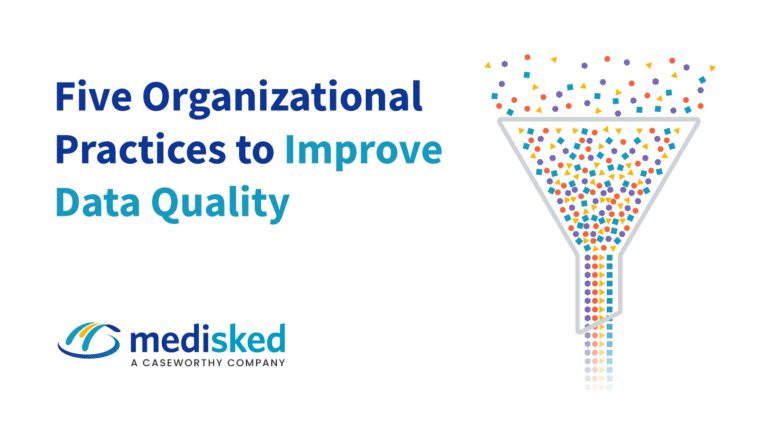Quality can be a nebulous concept. It is defined as “the standard of something as measured against other things of a similar kind; the degree of excellence of something.” That is a lot of words, but what does it really mean?
Setting the Stage: A Quality Example
Intuitively, we know that a tire coming off the assembly line should be round. So, round is a standard. (Defining “round” is a topic for a post elsewhere.) A square tire does not meet the standard and is discarded. As a manufacturer, I don’t want to be discarding tires, so I’ll mandate that 99% of the tires need to be round. Now we have a quality standard and a measurement benchmark. More than 99 out of every 100 tires that come down the line need to be round or we need to go back and review our tire making practices.
Having quality standards, or measures, helps ensure that what is being delivered is done so with a “degree of excellence” and in a cost-effective manner (after all, throwing out tires is expensive – and rubber actually grows on trees).
Quality in Healthcare
The healthcare industry has adopted the concept of quality measures as a means of improving patient outcomes and lowering costs. The Centers for Medicare & Medicaid Services (CMS) has developed numerous measures aimed at helping improve patient decision making, providing evidence-based reports that can be used to improve medical quality outcomes, facilitating value-based payments, and controlling costs.
Let’s look at how quality measures apply using a common ailment: Diabetes. Uncontrolled diabetes can create numerous serious complications including nerve damage, eye issues and blindness, skin conditions, and amputations. This can result in repeated hospitalizations. The quality of life of the individual suffers and payers end up covering the cost of expensive treatments that could potentially have been avoided. No one is winning.
Fortunately, there are indicators that can be measured to inform us if diabetes is being properly managed. A combination of tracking A1c levels in blood, conducting eye exams, and monitoring blood pressure can help ensure that the disease is being properly monitored and controlled. A quality measure has been created based on this goal. It tracks the number of individuals who have had an A1c blood test, an eye exam, and blood pressure monitoring against adults (18-75) with diabetes. The result is a fraction, and the closer that fraction is to 1 (or 100%) the better we are doing. More individuals have their disease managed, leading to fewer complications. And a better quality of life equals happy patients, as well as lower costs of treatment. And lower costs also equal happy payers.
Healthcare providers can now see which patients have not been in for these checkups. And payers can provide a quality target to providers, that if met can trigger value-based payments. This would be analogous to a car manufacturer sending us a check if we deliver tires with a better than 99% pass rate for roundness.
Quality in Human Services
Defining quality measures in the human services space can be more of a challenge. There isn’t necessarily a test that can be administered to provide objective quality data. While healthcare measures apply to everyone, there need to be additional tools to ensure that individuals with intellectual and developmental disabilities are receiving person-centered services and integrated, holistic planning and supports. The Council for Quality and Leadership (CQL), a national nonprofit organization, has derived the Personal Outcome Measures (POMs) to measure the quality of services and supports related to person-centered focus. They track 21 measures in five groupings; Security, Community, Relationships, Choices, and Goals. Various state agencies and organizations are also working on building out quality measures.
Knowing the definition of specific quality measures is important, but of equal importance is being able to record and track quality data over time. Knowing that 65 of 65 tires were round on Tuesday isn’t good enough. I want to know my quality performance last month and last year. Likewise knowing that one individual has an outcome measure to choose their own living situation doesn’t tell us about larger trends. This is where MediSked Connect Exchange comes into play. MediSked Connect Exchange is an interface, data warehouse, and business intelligence solution designed specifically for the human services space.
MediSked Connect Exchange data interfaces can collect key data points by integrating with other applications and storing that information in a data warehouse. It doesn’t matter if the data is healthcare claims information related to a diabetes test or personal goal data derived from a person-centered service plan. MediSked Connect Exchange can ingest and store that data. The Quality Measure Builder can be used to create data queries to look at the data in the warehouse, and define who is in the relevant quality population and who meets the quality measure. (It can ask – is it a tire and is it round?)
Once built, the results of each quality measure can be viewed in a graphical format, so you can see how you are doing against the quality measure benchmarks (are 99% of the tires round?). Has a targeted percentage of the population been able to choose where and with whom they live? Additionally, measures can be tracked on a year over year basis to help determine any trends to help support teams course-correct as needed.
After all, the goal isn’t to track quality, it is to ensure that everyone is being afforded the opportunity to live their best life.








